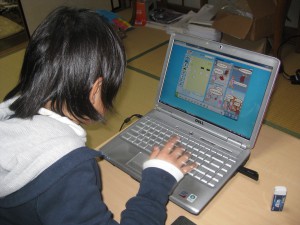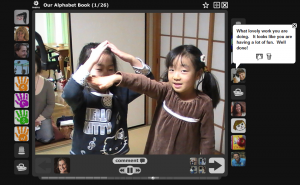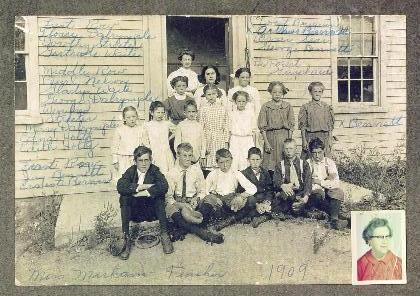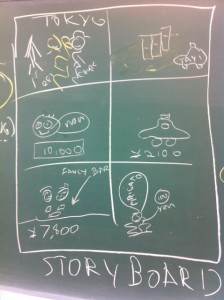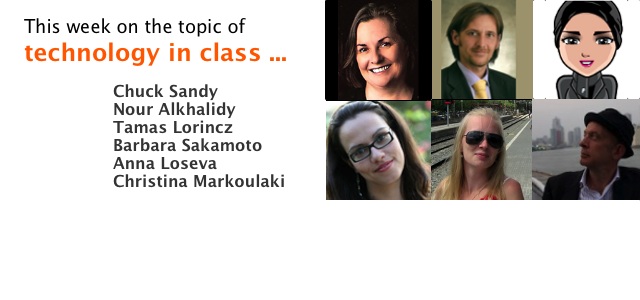I’m a teacher on a journey. On the one hand, I realize that one shouldn’t rely on technology too much. On the other hand, I can’t keep from using it more and more, almost like an addict. I’m neither a webhead nor a noob, but I’m thrilled by technology’s potential in our profession, and I don’t think I’m about to quit exploring what’s possible with what’s available, becoming available, and still at this moment, though not for long, unavailable. I’m figuring it all out, and I’m fascinated. It wasn’t always like this, though.
Six years ago, I was teaching at a private school where the most advanced technology I had available was the CD player we used to do coursebook listening activities. Four years ago, while teaching my first in-company classes, I got the chance to use a laptop in classes, and we used that to do coursebook listening activities, watch BBC news and browse business company websites — when we had an Internet connection. That’s it. My knowledge and understanding of what I could do with tech in classes was very limited and very unimaginative.
Things went on like this for a while, but as I began to explore more a light began to go off in my head. About a year ago, that light became so bright I simply had to get my students involved and I over-excitedly plunged them into a technological world with a kind of hyper-zest. I introduced them to social media, web 2.0 tools, various applications, mobile learning solutions, numerous resources of numerous kinds and the wealth of materials available online. Following those early unimaginative days, I wanted desperately to make up for what I’d been missing and I simply had to take my students with me. Don’t worry, though. That was last year.
I have now calmed down a bit, and will share with you the more measured ways I’ve used technology with my university students this term.
- We used a Vkontakte (the Russian equivalent of Facebook) group for announcements, course requirements, links, lesson materials, and interactive home tasks. This was our online learning hub.
- We used Google Docs. Once a week my students watched a Youtube or TED video and copied the link into the spreadsheet I prepared. Each Monday we started the lesson with 2-minute timed summaries of the videos. We found some real Internet diamonds that way and have a nice record of them all.
- We kept a class blog on which we made short mobile phone recordings that we posted. Students drew posters, supplied these with recorded descriptions, and posted those as well. We also posted student work – with permission.
- We used Linoit once to recap a discussion, and I shared a list of web 2.0 tools to try when preparing a presentation. Some of my students used Prezi, Go Animate and Voicethread.
- During lessons, there wasn’t much chance we could use the Internet, so we explored the possibilities of mobile devices: taking pictures, playing podcasts, recording stories, using dictionaries, Googling things, and the like.
When I stop to think about how I’ve used technology, I realize that I went from not having it, to not using it imaginatively, to using it excessively, to now using it more judiciously. I hope that every time I encourage the use of this or that app or resource it is justified and appropriate. I hope it does not look like I force the use of tech as it is, in most cases, just one of the options available.
I know that what I’m doing is feeling my way through the abundance of possibilities, but I want to see what works and what fits into my teaching style and my learners’ learning styles. As I figure it out, I’ll be able to make better choices. By experimenting, I will find what’s best. It’s a journey, and the journey continues.





